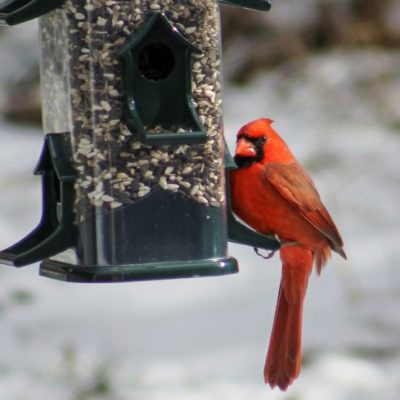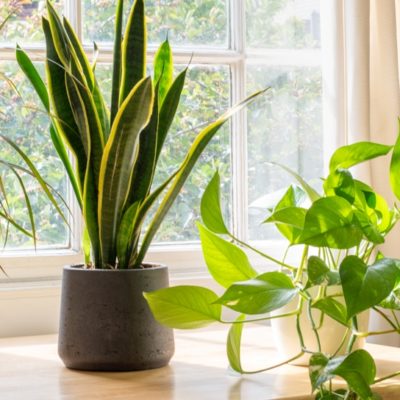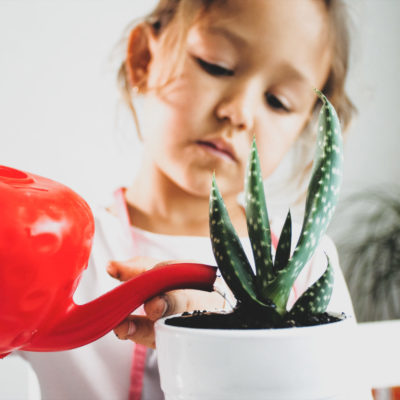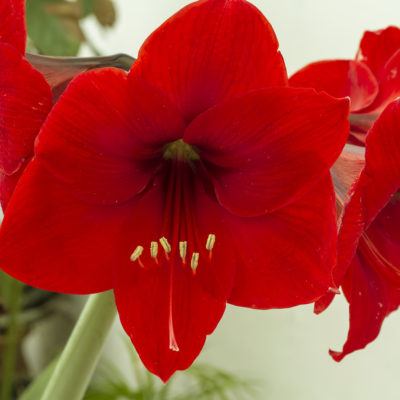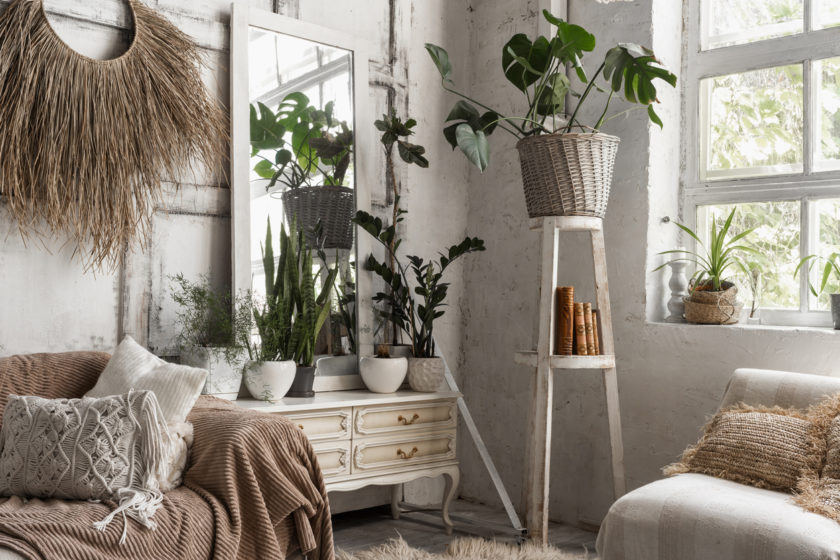
Success with Tropicals – During the Winter Months
So you’ve filled your house with gorgeous tropical plants, and you’re well on your way to achieving your goals of creating an indoor climate that in no way reflects what is actually happening outside your window (snow? Sleet? Never heard of ‘em.) And yes, plants and people alike can adapt and thrive when placed beyond their natural environments, but there needs to be a balance; your sun-loving citrus probably won’t be happy in your dark basement and will cry for help something changes.
This balance is especially important during the fall and winter months, when our friend the Sun starts working on reduced hours. You’ll probably find that your collection of once lush and lively tropical houseplants will start looking, well, less lively during this time. We’ve all gone from getting 15+ hours of bright, gorgeous sunlight in summer down to not-quite-zero, and whatever UV rays we can get will be considerably weaker. What does all of this mean for our plants? Simply put:
Less Sunlight = Less Energy Consumed = Less Growth = Less Frequent Watering
Tropicals will naturally slow down in the lower light of winter, adjusting to the seasonal changes by allowing their older leaves to yellow/brown or even drop them altogether to conserve energy. We call this phenomenon “having tropical houseplants during a Canadian winter” and it’s completely normal and happens to all of us. Plus, it’s not just less sunlight that houseplants have to deal with; there’s also higher indoor temperatures coupled with lower humidity (baseboard heaters and furnaces keep us cozy warm, but they really do a number on moisture levels). So what can we do?
Adjust your Watering Schedule! (see equation above)
- Every home environment is different, so no watering schedule can be set in stone.
- Check your plants daily or weekly depending on variety by either testing the soil moisture with your finger (to about your second knuckle) or judge by weight: once your plant has been watered thoroughly and any excess water has been drained away, lift the pot to see how heavy it is. From here you can judge when that particular plant is too light and needs to be watered.
- We recommend watering from the top until you see water coming out of the pot’s drainage hole – this not only ensures a thorough watering every time, but will also flush away any unwanted build-up on the roots.
- Many tropical houseplants prefer a humid environment (check your varieties to be sure). Plants like ferns and palms will love a daily misting, and all you need is a simple spray bottle.
IMPORTANT: DO NOT USE SOFTENED OR TREATED WATER FOR ANY OF YOUR PLANTS!
Using softened water can cause irreparable damage. Use HARD WATER whenever possible.
Light: Rotate plants that are against a wall, in a corner, or tightly grouped for even light distribution.
Temperature: Avoid hot or cold drafts, such as an unheated sunroom, and try not to place your houseplants near heat registers or exterior doors.
Pruning: The best time to prune tropicals is usually spring and/or late fall; check your specific varieties.


